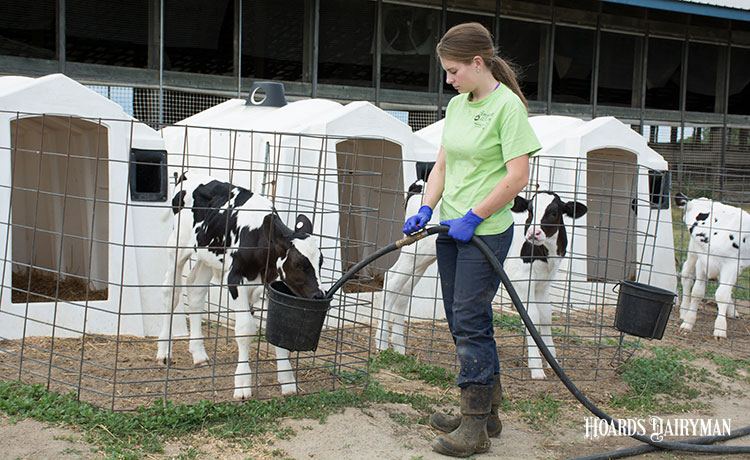
The University of Minnesota’s Beth Ventura said that understanding these three areas could help agriculture better related to today’s casual consumer.
“Consider how humans react when they hear something they don’t agree with,” began Ventura, during her presentation at the Vita Plus Dairy Summit in Madison, Wis. “We accept those ideas and concepts that fit into our personal worldview and block out those that don’t.”
The first category that a consumer might fall into related to animal welfare is judgment by bodily health. Ventura said that this type of stakeholder tends to judge the welfare of animals primarily by benchmarks such as disease rates, hygiene, or performance. This is also the category that many farmers themselves most relate to.
The second category of welfare consideration is feelings. Ventura said individuals who fall into this grouping base welfare on monitors such as pain, fear, or comfort of the animals. “Preventing farm animals from experiencing pain is a widely held value among consumers,” Ventura explained. That’s something agriculture can relate to and a value that can be a common ground.
The final category of welfare consideration is nature. This refers to the animal’s ability to live naturally, so people who fall into this grouping base welfare on benchmarks like environment, social opportunities, and ability to exhibit motivated behaviors such as grazing. This is the category that Ventura shared was the most different between consumers and producers.
With those standards in mind, Ventura urged farmers and agriculture to approach education about animal welfare in four steps.
1. Understand the audience and their concerns.
2. Realize that animal health and comfort are shared concerns and start there.
3. Transparency is critical . . .
4. But it must also be adaptive.








